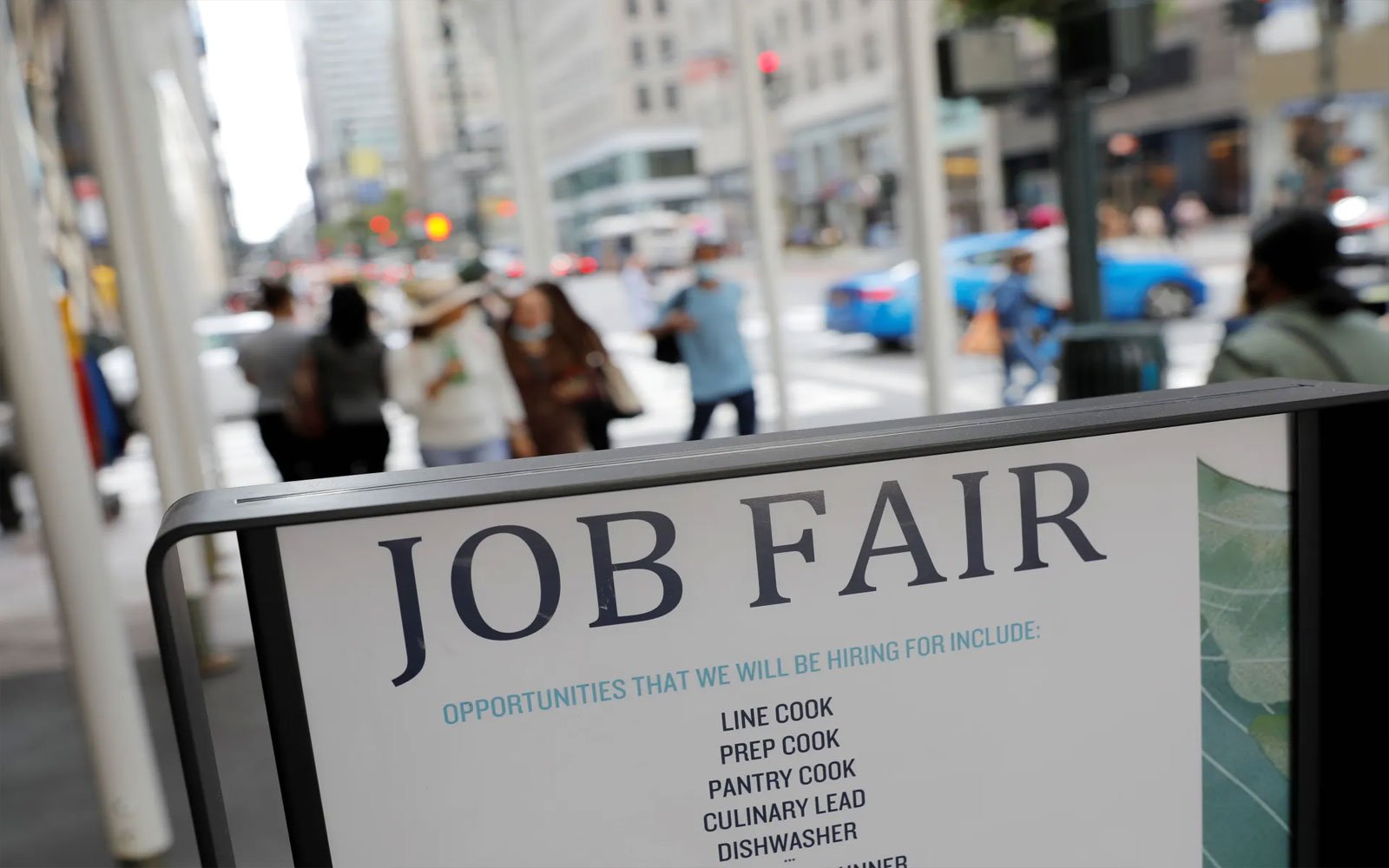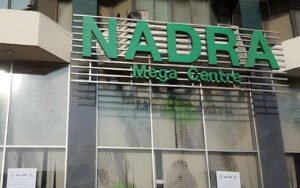The U.S. labor market is showing fresh signs of weakness after the number of unemployed Americans surpassed available job openings in July, according to data released by the Bureau of Labor Statistics (BLS) on Wednesday.
Figures show that job openings dropped to 7.18 million, while unemployed workers totaled 7.2 million, highlighting a critical imbalance in the job market.
Economists Express Concern
Analysts say the decline in hiring reflects broader uncertainty in the economy. Trade tensions and business slowdowns have left employers hesitant to expand, with many putting hiring plans on hold.
Heather Long, chief economist at Navy Federal Credit Union, called the slowdown “another crack in the labor market.”
“It’s not healthy to have so little hiring,” she noted in a post on social media. “This is a frozen job market, and people can’t grow in their careers.”
Impact on Workers
Experts warn that fewer job openings mean slower wage growth and limited opportunities. Allison Shrivastava, economist at Indeed, explained that a weaker job market typically results in reduced career mobility, lower innovation, and stalled income growth, particularly for those looking to switch jobs.
The slowdown is also affecting specific communities. Unemployment among Black Americans rose to 7.2% in July, the highest rate in nearly four years, signaling broader inequality concerns.
Policy Implications
The situation has started to weigh on policymakers. Federal Reserve Chair Jerome Powell recently hinted at a possible interest rate cut at the September Federal Open Market Committee meeting. Lower borrowing costs are often used to stimulate economic activity by encouraging consumer spending and business investment.
Meanwhile, the BLS is preparing to release its August jobs report on Friday, the first since the dismissal of former Commissioner Erika McEntarfer, who faced criticism over revisions showing weaker hiring trends earlier in the summer.
With the labor market showing strain, economists caution that the coming months will be crucial in determining whether the U.S. economy can avoid a deeper downturn.









